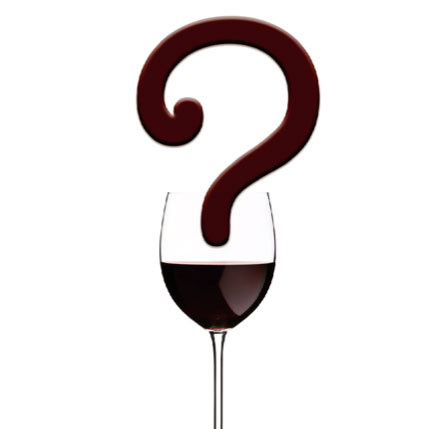Ripper Test On Red Wine
Q: When measuring SO2 using the Ripper method for red wine, if you dilute the wine with distilled water to more easily detect the color change, will the reading be correct as read, or is it necessary to multiply the reading by the dilution factor? Since the reading is in parts per million (ppm) SO2, it would seem that the reading would reflect ppm SO2 of the total volume of solution. Even though the amount of SO2 is unchanged, the concentration is now less.
— G. Wayne Baggett • Friendswood, Texas
A:
The short answer to your question: yes, if you dilute your wine sample before running a Ripper analysis for SO2, you then need to multiply your result by the dilution factor you used in order to get a correct result for the true batch of wine. It’s indeed common for winemakers to dilute red wine by half or even two thirds in order to be able to better see the titration endpoint color change. It’s tough to see the color when you are testing really dark red wine. So, for example, if you dilute your red wine by half and get a result of 10 ppm SO2, your real result for your real batch of wine is 20 ppm SO2. My preferred method of SO2 analysis is the aeration/oxidation method. I find it easier to do and more accurate than the Ripper method. Though the equipment looks a little fiddly and can be expensive, I find it’s worth it because we run so many SO2 tests. Slightly cheaper, smaller versions of the equipment that many winery labs have are available from some of the larger winemaking supply companies for around $100

